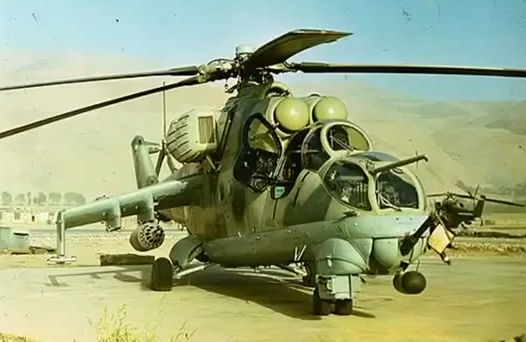The 25th anniversary of the Afghanistan withdrawal announcement by the Soviet Union
In February 2013, President Barack Obama announced the withdrawal of major United States combat units from Afghanistan by the end of next year. It is impossible not to hear the historical echoes.
Just 25 years ago, in May 1988, the Soviet Union announced the withdrawal of its main combat forces from the war in Afghanistan that it had begun in 1979, leaving behind a client regime with highly unreliable armed forces to face an uncertain future. The withdrawal was completed by 1989, and by 1992 Afghanistan had collapsed into civil war. Already at the end of 1991 the Soviet Union had itself fragmented into its present-day states.
The Soviet-Afghan War did not cause this collapse, nor were the Soviet Union’s soldiers forcibly expelled. Rather, Soviet generals had exhausted their political capital by failing to provide an “exit strategy” or stable conclusion to an unpopular and bloody war. Once more the boast was heard that in military terms Afghanistan has for centuries been the “graveyard of empires”, the limit of what military force can do.
The five years after the coming to power of the victorious Taliban regime in Kabul in 1996, hardly an era of stability or peace, was nevertheless with hindsight the only brief period since 1979 that foreign armies have not been sent to fight in Afghanistan. This has been a generation that has known only war against invaders, with profound effects on the country and the region, merging international conflict with Afghanistan’s eternal internecine rivalries and blood feuds. The movement of Afghan guerrillas and refugees move back and forth across the highly porous Afghan-Pakistan border has been a major factor in the complex and destabilising politics of the region.
The Afghan opium crop has increased substantially, turned into heroin for international distribution, with impact felt on the streets of Britain and other western countries. The chance to fight the Soviets after 1979 also made Afghanistan a training ground for the radicalisation of foreign extreme jihadists, including Osama Bin Laden, with continuing and far-reaching consequences.
With its victory in 1996, the Taliban offered sanctuary to Bin Laden and Al Qaeda, and refused to hand him over following the “9/11” terrorist attacks, prompting the United States’ military intervention to successfully remove the Taliban from power in 2001, prompting another war. In 2006 the war expanded with a substantial NATO commitment in support of the United States that has become a critical and controversial test of NATO solidarity and effectiveness. This has included British forces, whose failure to achieve the success expected from their previous high reputation has also generated controversy.
Long before this year’s announcement, the United States had given up any hope of leaving Afghanistan a better and more prosperous country than in 2001, and has settled for going home. NATO countries including Britain will also withdraw their combat troops by next year. Staying behind will be training and support units for President Hamid Karzai’s rebuilt Afghan Army, to face whatever the future has in store. With warnings of the Soviet Union’s experience constantly in mind, the United States will have to do very well in the next year or so to be able to count the Afghan War of 2001-2014 as any kind of a victory.
Stephen Badsey is an internationally acknowledged specialist on military-media issues since the middle 19th Century, including the uses of propaganda. His other research interests include land and air-land warfare since the start of the 19th Century, military thought since the middle 18th Century, the British Army since the middle 19th Century, and the wars of the British Empire and its successors including counterinsurgency. He has published over eighty books and articles on military and media subjects, including counterfactual history and the portrayal of warfare by films and television. He appears frequently on television and in other media as a historian and commentator.
This article has been published to the University of Wolverhampton’s Academic Blog, which can be found at www.wlv.ac.uk/academicblog



